Attention as new measurement currency – Experts demystify science of engagement
BBC StoryWorks recently hosted an insightful event with the theme ‘Pulse of Storytelling’. Held on October 11, 2023, the event featured a panel discussion on Performance Measurement in the ever-changing media landscape. Moderated by Mukti Kumaran, Vice President Client Leadership at mSix & Partners GroupM, the panelists included:
Nicola Eliot, Vice President of BBC Storyworks, APAC
Jahid Ahmed, SVP and Head of Digital Acquisition, Website, Content, and Social Media Marketing at HDFC Bank
Mukti Kumaran initiated the discussion with the statement, “No matter how creative, memorable, or popular content is, every asset will be judged by the impact it makes on the business.” She then posed a question to the panel, “While content is omnipresent, each individual perceives it uniquely. Every consumer has their distinct perspective on content. I have a two-part question: First, as a consumer, can you name one brand that stands out to you in this regard? Second, from a marketing perspective, do you believe that content marketing is primarily driven by individual talents within an organization, or has it evolved into a collective organizational mindset?”
Nicola Eliot responded by saying, “I think as a consumer I am going to say BBC StoryWorks. But in all seriousness, just one great example as a marketer is Spotify. Their Spotify Unwrap campaign, I think, is one of the smartest ways that I’ve seen to really connect with us is on a super personal level. Also, in this age of data privacy, being able to take someone’s personal data, create a story out of it and get them to share it with the world is really smart. I love to see it.”
Jahid Ahmed added here, “I think brands are built on two types of content. One of them is community driven and in that space I love Lego and Airbnb; and the other one is India’s very own Zomato, which is a completely fun aspect.”
Kumaran continued the conversation and asked Eliot specifically regarding the various measurement metrics for content reach, particularly in the digital realm, where we consider factors like reach, impressions, engagement, and more. “I noticed on your LinkedIn profile that you recently participated in a panel discussion in Singapore, where you discussed ‘attention’ as the new measurement currency. Would you be willing to share some insights from that discussion with our audience?” she asked.
Eliot replied, “It was a really interesting discussion, because there is a new metric that has come out and that is, attention as a metric. The reason that that has happened is because the metrics that we have currently are just so difficult to trust. I think all of us as marketers know that while these sort of traditional metrics are necessary, because you have to prove your ROI. They’re essentially data that’s given to us by Google by Facebook, which is entirely there to serve their own purposes in terms of revenue, and doesn’t really necessarily serve any source of truth and that’s not just from the companies who create them it’s also from the fact that we have things like bot traffic, we don’t even know what a human being is anymore. So, I think that attention is a measurement currency, if you’re creating another measurement at scale that is kind of defined by large corporations who are ultimately there to drive for profit, it doesn’t really serve a huge amount in terms of differentiating from something like dwell time, these things you cannot avoid, you have to look at, are useful when taken with a pinch of salt.”
She emphasised on BBC Storyworks’ more people-centric approach, “BBC StoryWorks believes in the old school tactic and actually talk to real people, connect with your audience, go to focus panels, and actually use science and technology in this way, there is something called Science of engagement, we look at people's emotions through micro muscle facial tracking, we track them through their webcams with their permission, and look at exactly what they're feeling when they watch content, we use eye tracking, as well as this micro muscle facial recognition to understand exactly how they feel. We combine this in a really rigorous scientific way, by using a control group who has not seen the content and a group that has seen the content. And whilst analyzing their peaks of emotion, also, conduct surveys to understand how watching the content has really changed their minds, the brands are looking at all the brands key KPIs, and literally asking people how they feel about the brand versus the control group who have not seen the content, you really can't argue with that type of data. When you're looking at data, like clicking through dwell times, you don't know who's seen the content, as well as how efficacious that data is. Whereas when you're running a panel, you know that those 100 people that you ask are in the right age range in the right country. So you're making a decision based around real audiences that have real impact on. And what's more, you can test your content before you start spending millions of dollars putting that content out there, you know it really works, that really has power with audiences that you intend to create it with. And furthermore, you can also look at a piece of that content.”
She added, “So, when we create a piece of tutor three minute video, for example, and run this type of test, we can see which parts of the video video is spiking the highest emotions in people and therefore cut down and create short form versions of that content with the pieces that are working best for people making sure that when they're watching it on something like Facebook, we know that we're going to strike the right emotion.”
Mukti posed the next question to Jahid, When it comes to content creation, is measurement the primary consideration at the outset, or does it typically come into play later in the process? In an ideal theoretical scenario, measurement should be an integral part from the beginning, but does this align with the reality of today's world? Furthermore, what challenges do you encounter when it comes to performance measurement in content creation, and how do you navigate the decision-making process when determining the course of action for your content?
Jahid stated, “India is the least financially literate nation. And, that's why you must be seeing that a lot of banks are actually investing in proper conscious efforts in making content, because money is not necessarily a serious subject it can be dealt with in a very fun and light manner. So you create content, there are currently seven steps that we ensure. And measurement is obvious, but that's the end result.
The first thing is, generally, the basic difference between advertisement and content is in advertisement product first and in content product is last. The starting point is the decisioning phase that you are in, like if you guys are travelers. If you are in the phase to decide where to travel, my content will be 10 hacks to have a budget friendly trip. But you have already decided where to travel, I'll suggest to you which card is best suited for traveling. The kind of content that we write that will be getting layered with the life stage. So different kinds of content for different lifestyles, then comes the most important, which is analog. We follow a framework called P-E-T Persuasive Emotional Trust. That's very important, because, the cognitive overload, the anchoring, the choice, decoy, these are the things that we have to enable in a context so that I can persuade you, I can understand your emotions, I can see your blocks, and how can I help via content to override the blocks and drive you towards the end goal. For example if you get into an empty bus, it will take more time to find the seat for yourself, then if you get into a bus with only one seat left, that's Paradox of Choice. So how when your content pieces, you are reducing overload of choice and help him or her to decide, those are the things that you take in content. And then obviously the key words which will help the content to discover.”
He added, “ Lastly, the platform where my content will come into. You have to customise your content for each of these platforms. That's how the same content piece goes everywhere natively. So this is how we first kind of decide on content. And that goes we call it internally, it's called a mind map. For every product, I have a decision phase. And for every decision phase, we put all the seven blocks and come to content.”
When you are creating content, how important it is to understand the cultural nuances of the consumer, and to own a space within that? Mukti asked
Nicola replied, “I think it's massively important, particularly with online spaces, you need to know who you're talking to just to avoid risk. So as a base element of creating content, if you don't understand your audience, don't put it out there, you risk getting canceled and your risk of bad reputation. We are a global brand and a lot of the campaigns that we do are regional, one of the things that we tend to do is look at our clients key market and try and look for really authentic stories that engage locally within the market, but still have the resonance. So if we had a set of five stories, and we're doing five target markets, we will pick a story from each market, that use and to understand those, those nuances within each market as well. But also to make sure that those can be understood globally, it is a very difficult thing. We're very lucky at the BBC because we have our editorial data to work with.”
Talking about investing in advertising and ROI, Mukti asked the panelists, “When we invest in advertising, we often expect to see immediate results. However, with content, the impact is often more long-term. How can organizations effectively measure the return on investment (ROI) in the context of content, considering both immediate and long-term outcomes?
Jahid answered in brief, “Performance matters but the conversion percentage from a performance campaign will be one to five to six to nine percent but content will give you a performance 25% plus there might not be direct attribution, but there are huge and humongous exact attributions. That's where analytics comes into play. We all know the Aida model, Now across the Aida model, how have we segregated and segmented the content parameters, and hence the measurable parameters. Like let's say, the first thing that we tried to do is brand love. For brand love, the visual parameter is completely positive sentiment. And we have created a formula, which kind of takes all the currencies across social media, and we have given a formula to it that How am I growing in my brand love, and that goes beyond.
So the second is the mind matrix. Mind matrix and mindshare is completely based on discovery. Now, if you have to discover a content, there are four key things, first is non-brand SEO, because branded SEO anybody can get a discount. Second is your influencer marketing that's coming out very effectively for discoverability. Now for all these things in discoverability, what is the measurement matrix? That's obviously my total organic enquiry growth group. And the number of traffic that is coming for my non brand keywords. Now you will not get performance coming from it. But the traffic that you get from your money's increasing.
We have invested in something very interesting called Nurturing. Let's say you have 100 leads, you get a 5% conversion, your 95 leads are not getting converted. Either they're not eligible, or not interested. How do you talk to them for the next six months? Let's assume they are not eligible for a credit card now, but should I just leave them, or I constantly talk to them, ensuring and telling them how I can help grow their credit score?
I give you tips, and these are all informational tips, which will help them to grow along with us. Then the first brand that should come to the top of your mind is us. So these are the things that we are trying to do.”



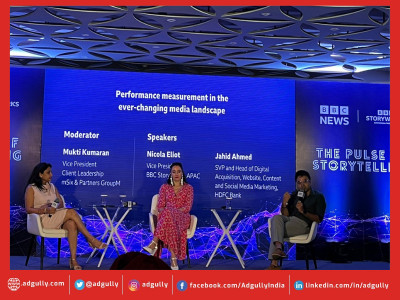

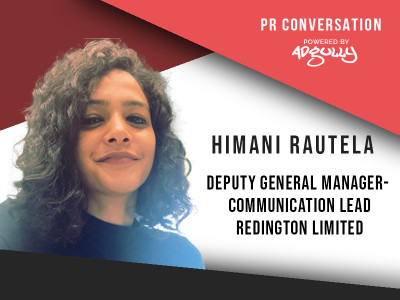
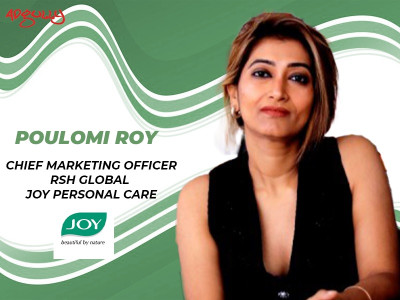
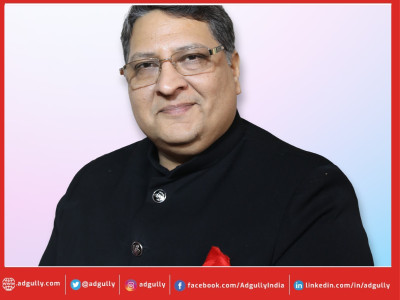




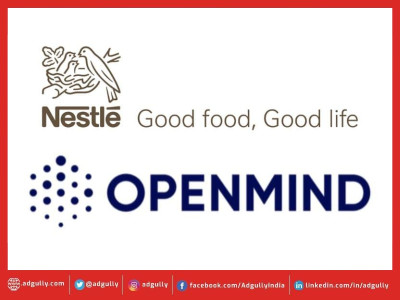
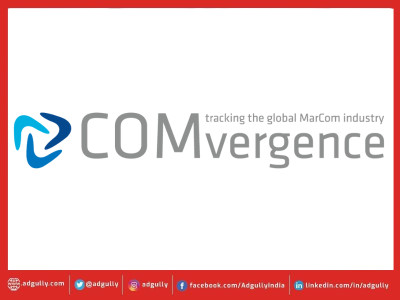
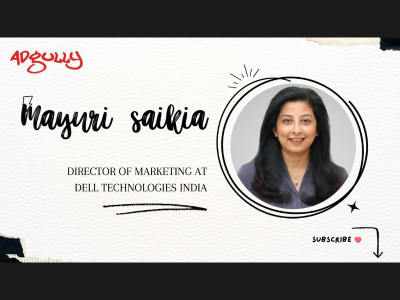
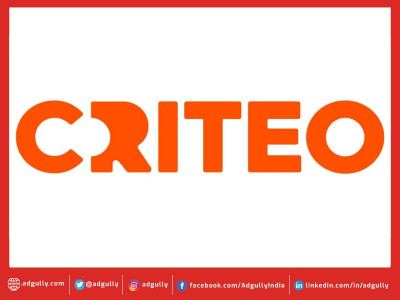


Share
Facebook
YouTube
Tweet
Twitter
LinkedIn